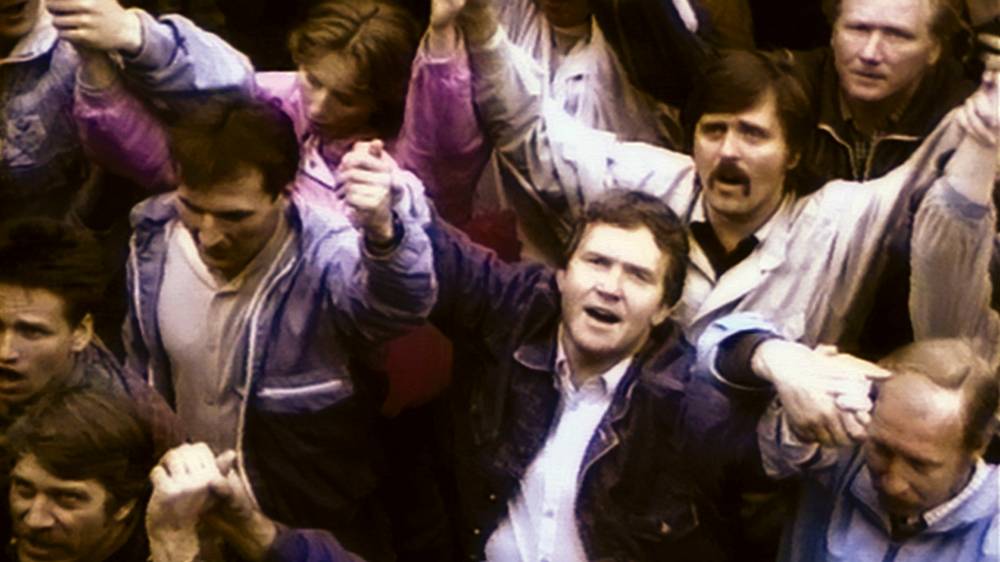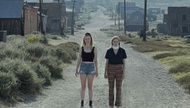The tiny Eastern European nation of Estonia gets its moment in the spotlight with The Singing Revolution, a blandly positive documentary about the nonviolent action that led to the country’s independence from the Soviet Union in 1991. It’s hard to say anything negative about the events depicted in the movie, which demonstrate the power of culture and open debate to overcome even the most tyrannical of oppressors, but it’s also hard to get particularly excited about the way they’re depicted, or the people who show up onscreen.
The Details
- The Singing Revolution
- **1/2
- Directed by James Tusty and Maureen Castle Tusty
- Not Rated
- Opens Friday July 18th
- Find Movie Showtimes
- Beyond the Weekly
- The Singing Revolution
- The Singing Revolution on IMDb
- The Singing Revolution on Rotten Tomatoes
The primary lesson the movie teaches about Estonians is that they are a mild, pleasant people, even when faced with foreign invasion and governmental repression. The title refers to the country’s musical tradition, embodied in a yearly singing festival that began in 1869. During the Soviet occupation, the festival became the Estonians’ only chance to celebrate their native culture, by performing traditional folk songs. And when activists started to rally common citizens to throw off Soviet rule, they did so with the power of marathon sing-alongs attended by nearly one-third of the country’s small population.
Directors James Tusty and Maureen Castle Tusty gather a range of activists and ordinary people to discuss their experiences during the revolution, and they are all happy and upbeat about their freedom and the unique way in which they gained it. None of them is a particularly compelling speaker, though, and the movie’s aesthetic is as conventional as it gets.
Those not well-versed in Estonian history (which is to say, everyone) will probably learn a thing or two, although the events are tied in so closely with the fall of the Soviet Union (and the backstory with the end of World War II) that none of them is particularly revelatory. The strongest impression the movie gives is of the appeal of modern Estonia, which comes off as a beautiful, prosperous place full of wonderful people.
A closing-credits crawl details the hard years many of the interviewees spent in concentration camps or gulags or in exile, but that subject is rarely touched on during the film itself. Folk songs can be plenty inspirational, but like this movie, they just aren’t all that exciting.







Previous Discussion: